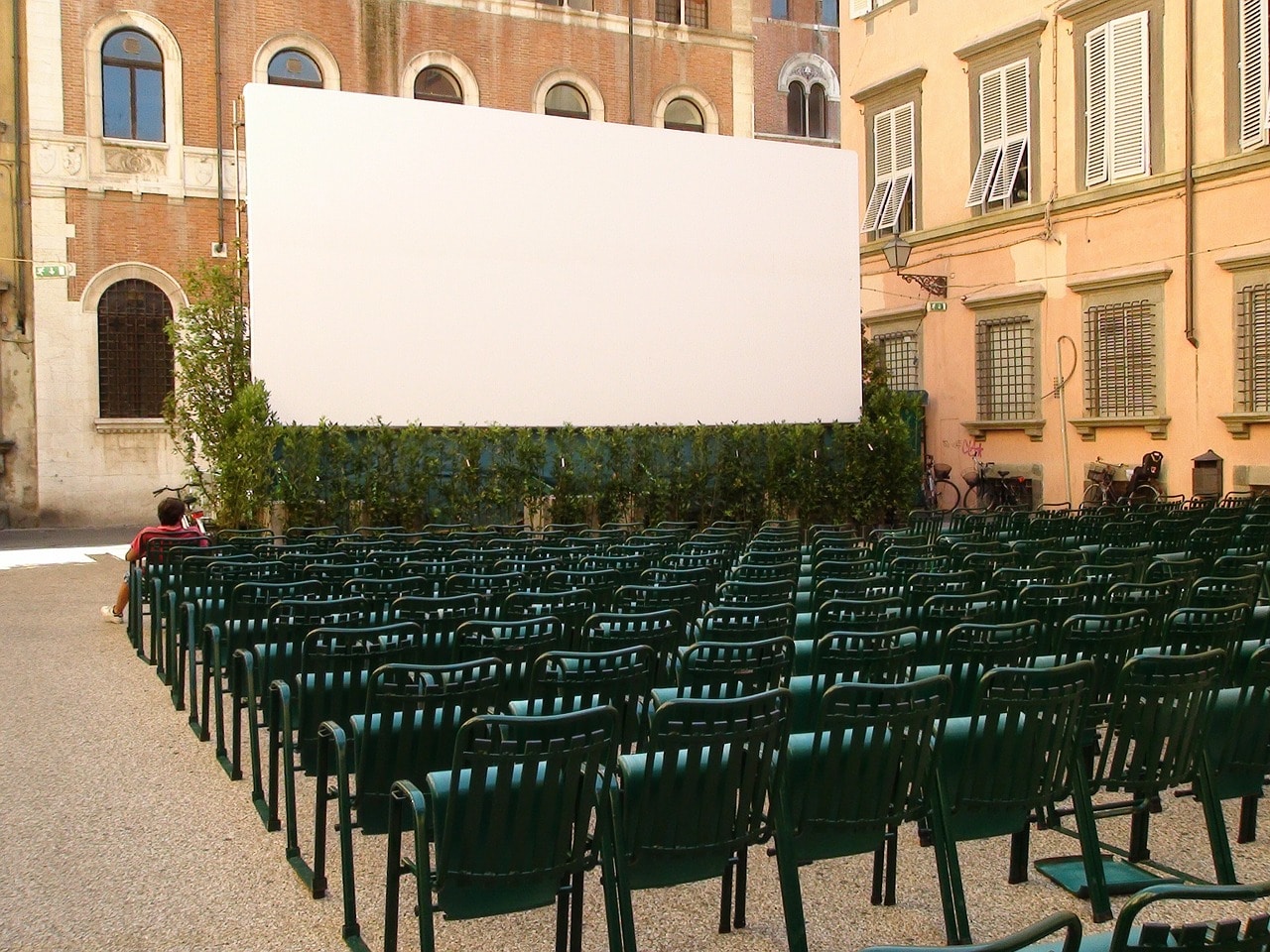- Angular Elements, Part I: A Dynamic Dashboard In Four Steps With Web Components
- Angular Elements, Part II: Lazy And External Web Components
- Angular Elements, Part III: Angular Elements without Zone.js
- Angular Elements, Part IV: Content Projection with Slots in Angular Elements (>=7)
- Angular Elements, Part V: Your Options For Building Angular Elements With The CLI
Big thanks to Rob Wormald -- the mastermind behind Angular Elements in the Angular Team -- for reviewing this article.
Since Angular 7, we can use slots to project markup into an component's template. These slots have been introduced with Shadow DOM v1 which Angular supports since version 6.1.
This article shows how to use both, Shadow DOM v1 and slots. For this, it uses a component that shows a diagram:

The title, as well as the description and the legend on the bottom can be adjusted using content projection with slots. You can find the source code in my GitHub repo (branch: ng7):
If this is interesting for you, you might also find our Angular Workshop for Enterprise Architectures of value.
Shadow DOM v1
Shadow DOM has always been an central concept for Angular Components. By default, Angular emulates this standard which isolates a component's style from other components. The idea is that one component's local styles shall not interfere with other components.
It's also possible to turn it off or to tell Angular to rely on the Browser's implementation which can provide a better isolation than the emulated one.
However, until Angular 6.1, Angular supported what's known as Shadow DOM v0. Meanwhile, browser vendors agreed on the revised Version 1 which will be widely implemented. At the time of writing, Chrome, Safari, Firefox and Opera already supported it and the Edge-team was currently implementing it.
To use Shadow DOM v1 in Angular (>= 6.1), just set the encapsulation property in the Component decorator to the newly introduced value ShadowDom:
@Component({
selector: 'app-dashboard-tile',
templateUrl: './dashboard-tile.component.html',
encapsulation: ViewEncapsulation.ShadowDom
})
export class DashboardTileComponent implements OnInit {
@Input() a: number;
@Input() b: number;
@Input() c: number;
[…]
}
Don't confuse ViewEncapsulation.ShadowDom with ViewEncapsulation.Native which exists since Angular's first days and leverages Shadow DOM v0.
Slots for Content Projection
Many Web Components -- or to be more precise, many Custom Elements -- need to be adaptable with some markup passed as the element's content. This is also called content projected because the passed content is projected to different positions of the element's template.
For this, Shadow DOM v1 introduces the slot element. Each slot marks a position within a template where content can be projected to:
<div class="card">
<div class="header">
<h1 class="title"><slot name="title">Standardwert</slot></h1>
</div>
<div class="content">
<div style="height:200px">
<ngx-charts-pie-chart [labels]="true" [results]="data">
</ngx-charts-pie-chart>
</div>
<p><slot>Standardwert</slot></p>
<i><slot name="legend">Standardwert</slot></i>
</div>
</div>
Between the opening and the closing slot tags, we can place some default markup that is shown if the caller does not pass any content for it. There can be one default slot and named ones.
When calling such a Custom Element, we can use the slot attribute to point to one of the named slots within the component's template:
<div class="col-sm-3">
<dashboard-tile a="10" b="5" c="15">
<span slot="title">Important Stuff</span>
<span slot="legend">A, B and C show the values of A, B and C.</span>
Only believe in statistics you've faked yourself.
</dashboard-tile>
</div>
Everything you connect to a slot that way will be projected to it. The rest is put into the default slot.
Accessing Projected Content
For accessing projected content, Angular provides hooks like ngAfterContentChecked or ngAfterContentInit as well as content queries using @ViewChild and @ViewChildren.
Unfortunately, they don't work with slots. But we can make use of the slotschange event instead:
<i><slot (slotchange)="slotChange($event)" name="legend">No Legend available.</slot></i>
In the set up event handler, we can grab the projected elements:
@Component({
[...]
encapsulation: ViewEncapsulation.ShadowDom
})
export class DashboardTileComponent implements OnInit {
slotChange($event) {
const assigned = $event.target.assignedNodes();
if (assigned.length > 0) {
console.debug('shotchange', assigned[0]);
}
}
}
